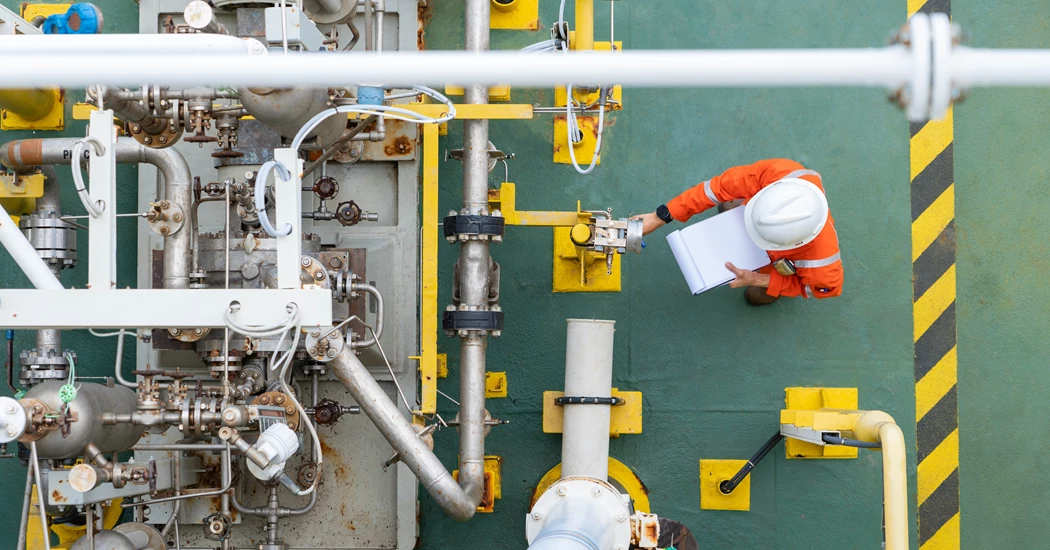Shore-supplied power initiative will slash 1.2m tonnes of emissions from Equinor installations
All installations on Equinor’s Utsira High are now receiving power from the shore to enable emissions cuts amounting to about 1.2 million tonnes of CO2 per year.
On Thursday, the company announced that its Sleipner field centre - along with the Gudrun platform and other associated fields - is now partly operating on electricity from shore.
It said this will reduce annual emissions from the Norwegian continental shelf (NCS) by 160,000 tonnes of CO2.
Aiding the route to emissions targets
Electrification of installations on the Utsira High is in line with the planned development and operation (PDO) of Johan Sverdrup phase 2, approved in 2019 by the Norwegian parliament.
Geir Tungesvik, Equinor’s Executive Vice President for Projects, Drilling & Procurement, described electrification as the “most effective tool in our toolbox in our quest to achieve the national target of halving greenhouse gas emissions from Norwegian oil and gas production by 2030”.
Switching power sources
One of two operative gas turbines on the Sleipner A platform will gradually be shut down as relevant systems transition to using shore-supplied power.
The second turbine will stand by for back-up power while, long-term, Sleipner could fully operate on power from shore.
Onshore power has been delivered to Sleipner field centre via a cable from the Gina Krog platform since 24 March, at which point the Gudrun platform was also connected to electricity through the cable.
The Sleipner fields are among the largest gas producers in the North Sea and serve as a hub for gas transport to Europe.
Cleaner delivery of essential fuel
Kjetil Hove, Executive Vice President for Exploration & Production Norway, said the Sleipner area had delivered “vast volumes of energy, created long-term ripple effects and contributed substantial values” to Norwegian society.
“With power from shore, we can develop new discoveries and resources from low-emission production, and gas export from the area can be maintained for a long time to come,” he added.
Norwegian gas is viewed as playing an important role in the EU’s energy transition - and now gas that would otherwise be burnt on installations can be utilised more effectively in Europe.
Overall investments in the project total NOK 1.08 billion (US$168.4 million).
KEEPING THE ENERGY INDUSTRY CONNECTED
Subscribe to our newsletter and get the best of Energy Connects directly to your inbox each week.
By subscribing, you agree to the processing of your personal data by dmg events as described in the Privacy Policy.
More utilities news

Canada to End 30% Stake Limit to Boost Pension Fund Investment

Turkey’s Aydem Group Plans 2025 IPOs for Power Grid Operators

Germany’s Record-Beating Stocks Head for Further Gains in 2025

Equinor takes FID on UK’s first carbon capture projects at Teesside

BMW, Mercedes Add New Executives as Carmakers Tackle Crisis

Thames Water CEO Steers Away From Break Up After Covalis Bid

Germany Expecting Tight Power Conditions as Wind Output Falls

Nuclear Power Not Cost-Effective in Australia, Science Body Says

Vancouver Mayor Proposes Using Bitcoin in City Finances
















